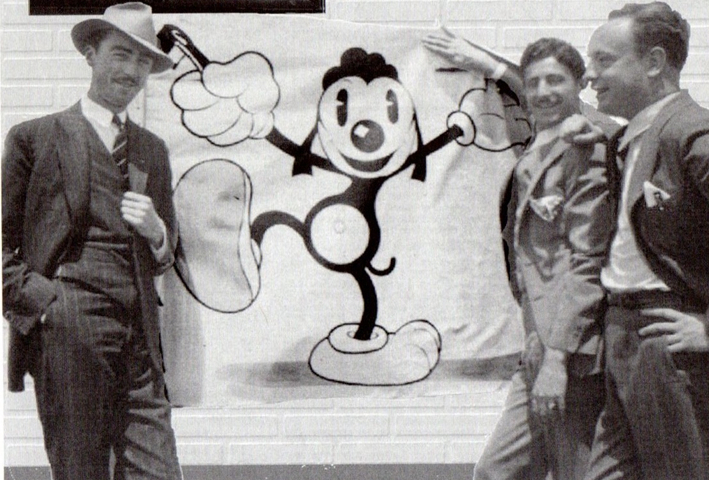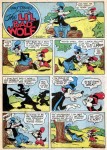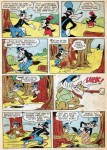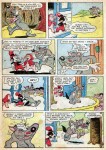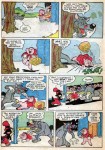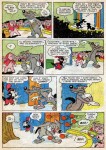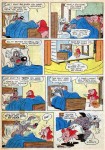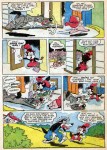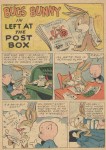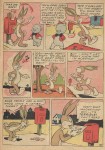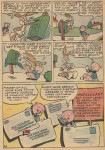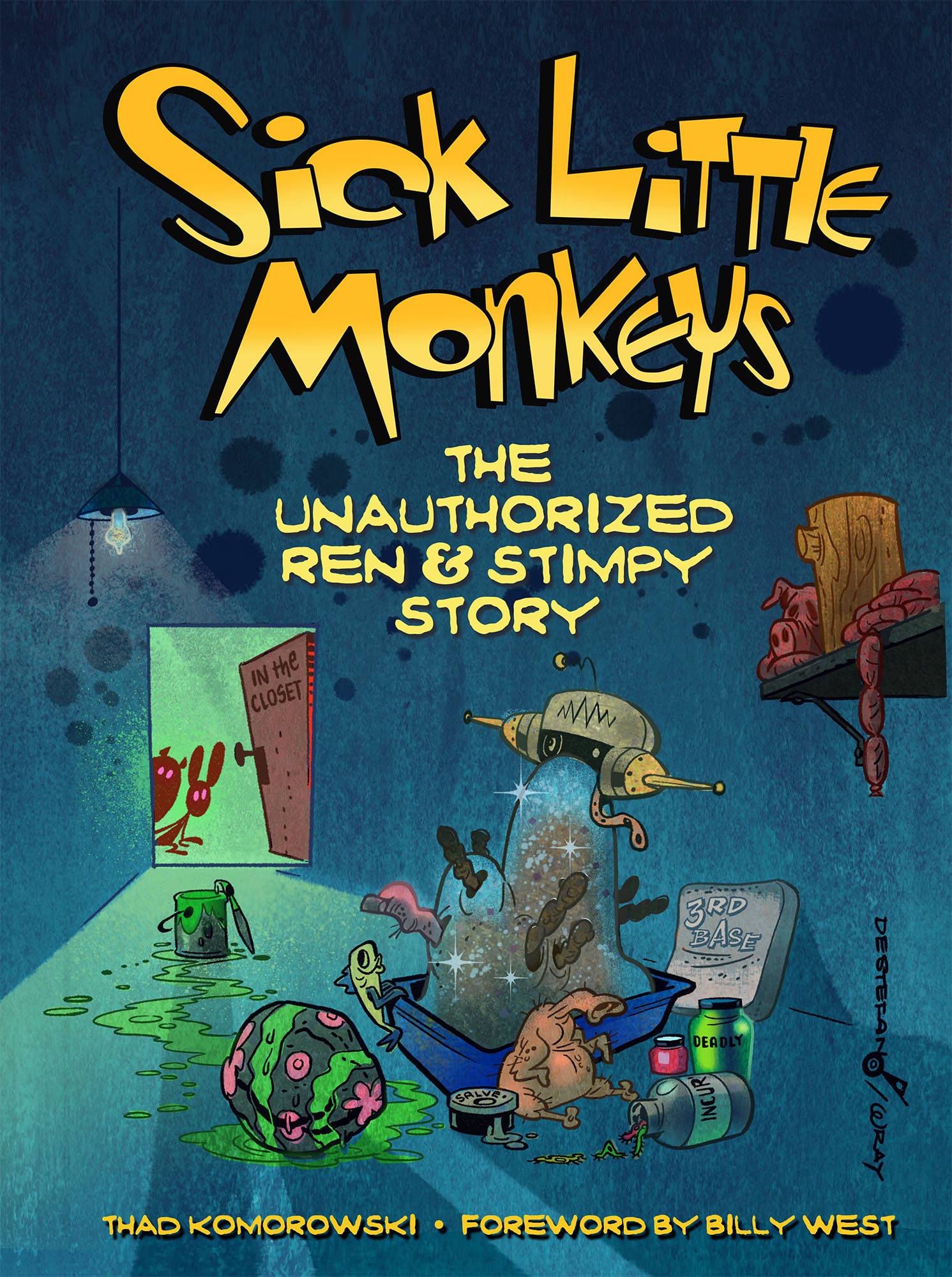Dick Huemer has been on my mind a lot lately. It was springboarded by reading the wonderful tome from Classic Comics Press, The Adventures of Buck O’Rue, a complete labor of love by Dr. Richard Huemer (Huemer’s son) and Germund von Wowern. Anyone with an inkling interest in animation and comics history should not hesitate to buy this. (And buy it from CCP, not Amazon!)
Buck O’Rue didn’t even have a two year-run, but that’s because the strip never found its market, not because it was weak. Huemer’s writing is beyond charismatic and entertaining. The serio-comedy western reads like a smarter, more likable version of Al Capp’s Li’l Abner, with a hint of Walt Kelly’s Pogo for good measure. While not in that league, the strip is certainly worthy of any fan’s time.
Former Disney animator Paul Murry drew the strip. I’ve actually always hated Murry’s art for the Disney comic books. While he drew some decent stuff early on, it was his ugly, mushy, and wordy Mickey Mouse stories that were always shoved in my face in various reprints. It got under my skin and made my flesh crawl. Having read the Buck O’Rue book in its entirety, I think his career was completely wasted drawing Mickey – this is the kind of stuff he was born to draw. Creepy, gangly humans, buxom girls, and the occasional stupid animal. I am often claustrophobic looking at the compositions in Murry’s Disney art, but not here. Just fantastic cartooning.
From left to right, that’s Jack Carr, Sid Marcus, and Huemer with the ill-fated character Toby the Pup for RKO. Harry McCracken is obsesso over another creation all three men were involved with for Columbia Pictures: little boy Scrappy. His old site Scappyland is now a blog, and I urge you to go over and give it the once over. Not just for the priceless photos of useless Scrappy paraphernalia, but the absolute history on display.
I once derided this series when I was assembling a collection of every theatrical era cartoon I could get my hands on. Since then, I have come to love the ones done when Huemer was directing. The best Scrappys and Tobys (which would be all of the surviving ones I’ve seen) are the best and funniest of the pre-code sound era, outside of the Fleischers. As far as I know, only Harry and Steve Stanchfield may feel the same way.
Harry also reminded me that the 1968 and 1969 Dick Huemer oral history conducted by Joe Adamson is available in its entirety on the UCLA website. Save it to your harddrive while you can. This is essential reading. Huemer lived the history of animation and tells stories of the medium’s beginnings in New York to Disney in its Golden Age with great accuracy and personal detail. There’s also two great “Huemeresque” columns from Funnyworld available on Michael Barrier’s site: “Ted Sears” and “The Battle of Washington”.


